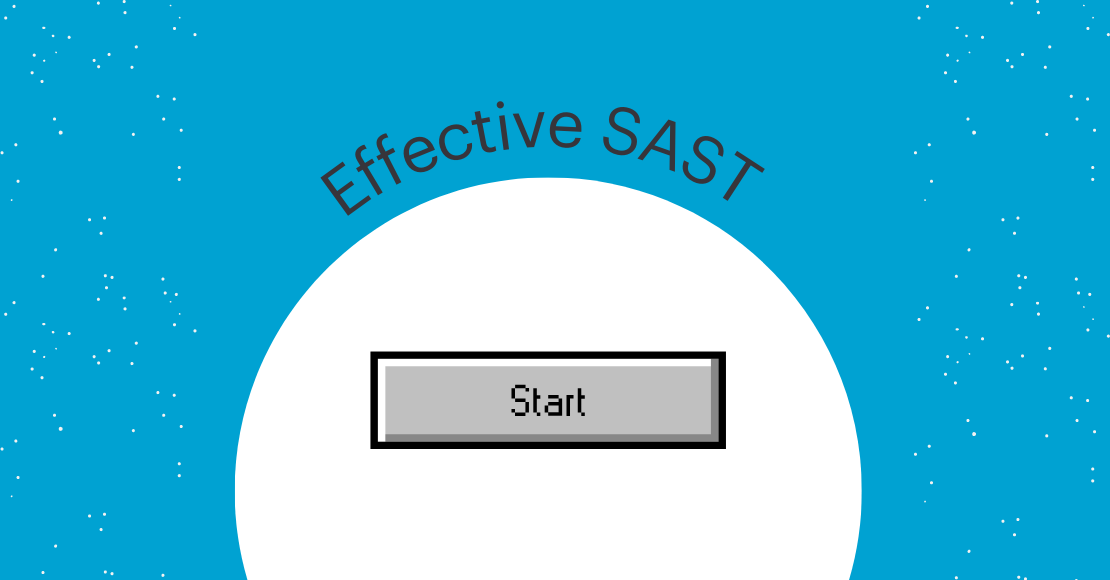Static Application Security Testing (SAST) is a vital component of application security, allowing developers to detect vulnerabilities and ensure secure coding practices are followed throughout the development process. This article will explore what effective SAST looks like, how to introduce it to your organisation, and the benefits it provides.
Watch the webinar What effective SAST looks like.
This blog is based on the webinar What effective SAST looks like. You can rewatch the whole webinar here:
RELATED COURSE
Automated SAST for Python Applications
Learn how to build a GitLab pipeline and integrate Bandit into the pipeline to perform static application security testing on Python applications.
Table of Contents
In this blog, we will teach you the following:
- The Basics of Secrets Management for DevOps Security
- The Importance of Secrets Management
- Challenges of Implementing Secrets Management
- Conclusion
What Does Effective Static Application Security Testing (SAST) Entail?
Effective SAST involves using tools to analyse source code for vulnerabilities before the application is deployed. This allows developers to identify and fix issues early in development, saving time and resources. SAST can also help developers ensure that secure coding practices are followed throughout development.
One of the most critical aspects of effective SAST is understanding how to use the tools and how to interpret the results. SAST tools can generate a lot of information, so it is essential to know how to prioritise and focus on the most critical vulnerabilities. Developers should also be trained to use the tools and interpret the results.
Introducing SAST to Your Organization
Introducing SAST to your organisation requires a plan and a strategy. First, you must identify the appropriate SAST tools for your organisation and ensure they are properly configured. Next, you must train your developers to use the tools and interpret the results.
Establishing a process for integrating SAST into your development process is also essential. This typically involves configuring the SAST tools to work with your build process and establishing policies for how often code should be scanned for vulnerabilities. You should also establish a process for triaging and fixing vulnerabilities.
The Benefits of SAST
The benefits of SAST are numerous. First, it allows developers to detect vulnerabilities early in development, saving time and resources. SAST also helps developers ensure that secure coding practices are followed throughout development.
For customers, SAST helps ensure that applications are secure and sensitive data is protected. This helps protect customers from cyber-attacks and data breaches. SAST also helps organisations maintain their reputation and avoid costly legal and regulatory issues.
To sum up the benefits:
- Detect vulnerabilities early in development
- Ensure secure coding practices are followed
- Protect sensitive data and prevent cyber-attacks
- Maintain reputation and avoid legal and regulatory issues
Conclusion
Effective SAST is critical to ensuring the security of your applications. It allows developers to detect vulnerabilities early in the development process and ensures that secure coding practices are followed. Introducing SAST to your organisation requires a plan and a strategy, but the benefits are significant. By implementing SAST, you can secure your applications and protect your organisation from costly legal and regulatory issues.
